Comprehensive Guide to Little Finger Injuries: Causes, Symptoms, and Treatment
What are the common causes of little finger injuries? How can they be treated? Explore the details in this informative guide.
Common Causes of Little Finger Injuries
Little finger injuries, also known as pinky finger injuries, can occur due to a variety of reasons. Some of the most common causes include:
Fractures
Finger fractures are a common type of little finger injury. They can happen from a direct blow, such as playing sports, closing a door on the finger, or falling and landing on the hand. Fractures can range from simple breaks to more complex injuries that may require surgical treatment.
Dislocations and Sprains
Dislocations and sprains of the ligaments in the little finger are also common. These injuries often result from sudden, forceful movements that stretch or tear the ligaments. Symptoms may include swelling, stiffness, and difficulty moving the finger.
Trigger Finger
Trigger finger, or stenosing tenosynovitis, is a condition where the tendon in the little finger becomes inflamed and restricted, causing the finger to get stuck in a bent position. This can make it difficult to straighten the finger.
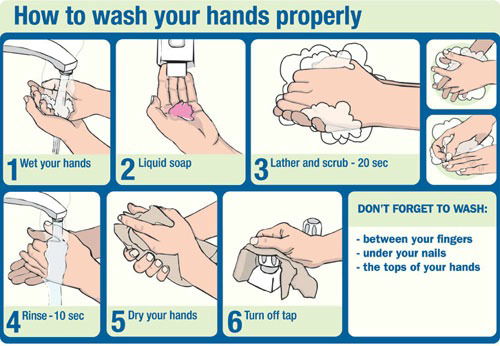
Mallet Finger
Mallet finger is an injury to the tip of the finger, often caused by “jamming” the finger. It results in an inability to fully straighten the tip of the finger.
Symptoms of Little Finger Injuries
The most common symptoms of little finger injuries include:
- Pain and tenderness in the finger
- Swelling
- Bruising
- Difficulty moving or bending the finger
- Deformity or abnormal appearance of the finger
Diagnosing Little Finger Injuries
To diagnose a little finger injury, your doctor will perform a physical examination and may order imaging tests, such as X-rays, to assess the extent of the injury. They may compare the injured finger to the uninjured finger on the opposite hand to help identify any abnormalities.
When to Seek Medical Attention
If you have experienced a finger injury and are unable to move the finger, or if the finger appears deformed, you should seek immediate medical attention. Prompt treatment is important to prevent complications and ensure proper healing.

Treatment for Little Finger Injuries
The treatment for little finger injuries depends on the specific type and severity of the injury. Some common treatments include:
Rest, Ice, Compression, and Elevation (RICE)
For mild injuries, the RICE method can help reduce swelling and pain. This involves resting the finger, applying ice, using a compression wrap, and keeping the finger elevated.
Splinting and Immobilization
Splinting or immobilizing the injured finger is often necessary to allow it to heal properly. This may involve using a splint, buddy taping the finger to an adjacent finger, or wearing a cast.
Medication
Over-the-counter pain medication and anti-inflammatory drugs can help manage pain and reduce swelling.
Physical Therapy
Once the initial injury has healed, a physical therapist can help restore range of motion, strength, and function to the injured finger through targeted exercises and rehabilitation.
Surgical Treatment
In some cases, such as with severe fractures or dislocations, surgery may be necessary to realign the bones or repair damaged ligaments and tendons.
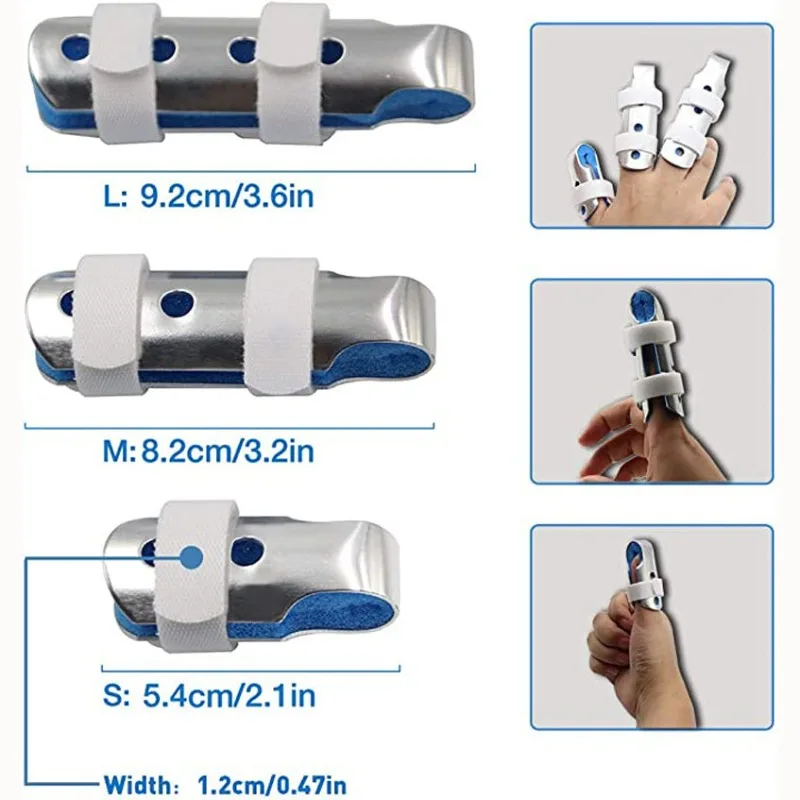
Prevention of Little Finger Injuries
To help prevent little finger injuries, it’s important to take precautions when participating in activities that put the fingers at risk, such as sports or manual labor. Wearing protective equipment, such as gloves, can also help reduce the risk of injury.
Recovery and Outlook
The recovery time for little finger injuries can vary depending on the severity of the injury and the type of treatment required. With proper care and rehabilitation, most people are able to regain full function of the injured finger. However, in some cases, there may be lingering stiffness, weakness, or loss of range of motion.
Conclusion
Little finger injuries can be painful and disruptive, but with prompt medical attention and appropriate treatment, most people are able to fully recover and regain the function of their finger. By understanding the common causes, symptoms, and treatment options, individuals can take steps to prevent and manage these types of injuries.
4 Most Common Finger Injuries – New York Finger Surgeon
Published on January 13, 2021 by Ortho Manhattan
Finger pain and injuries are quite common. Finger injuries can be the result of a variety of issues, like a fracture, dislocation, sprain, tear, or simply from overuse. While a finger injury may seem small in comparison to other injuries, you use your fingers and thumbs in almost everything you do – from grabbing objects to playing an instrument to working on your computer. If you’ve recently suffered a finger injury or have started experiencing pain in any one of your fingers, it’s time to see a New York finger surgeon!
These are 4 of the most common finger injuries:
Trigger Finger
Trigger finger is a condition in which one of your fingers gets stuck in a bent position. When straightening or bending your finger, this may sound like your fingers are popping or snapping, and typically causes you pain. Also known as stenosing tenosynovitis, trigger finger happens when inflammation narrows the space around your tendon, causing the finger to get stuck or struggle to straighten or bend.
Fractures
You can suffer from a finger fracture in a multitude of ways. Whether it’s playing a sport, accidentally closing your finger in a door, or landing on your hand during a fall, there is no shortage of ways to accidentally fracture your finger. While many fractures can have a simple treatment such as a splint, some may need surgical treatment.
Dislocations and Sprains
Another one of the most common finger injuries we see is to the ligaments, which can be either a dislocation or a sprain. If you’ve sprained or dislocated a finger, it’s common to notice swelling or stiffness right after your injury and sometimes for months following. In most cases, you can rest and take care of your sprain, but some more severe dislocations may need to be set back into place.
A specific type of thumb dislocation that we commonly see is Gamekeeper’s Thumb. In this injury, the ulnar collateral ligament of the thumb is damaged. This injury often requires surgery.
Mallet Finger
A mallet finger injury affects the tip of your finger. This type of injury is usually described as the feeling of “jamming” your finger. Once you’ve suffered from a mallet finger injury, you may find that it is hard for you to straighten the tip of your finger. Thankfully, almost all mallet finger injuries can be solved with the use of a splint, but the splint usually needs to be used for about 6 weeks for a full recovery.
This type of injury is usually described as the feeling of “jamming” your finger. Once you’ve suffered from a mallet finger injury, you may find that it is hard for you to straighten the tip of your finger. Thankfully, almost all mallet finger injuries can be solved with the use of a splint, but the splint usually needs to be used for about 6 weeks for a full recovery.
Make an Appointment with a New York Finger Surgeon
If you’ve recently suffered a finger injury or have been living with finger pain for an extended period of time, make an appointment with a New York finger surgeon at OrthoManhattan! Our practice boasts some of New York’s top finger doctors, and they’re all passionate about providing the highest level of care possible. To make an appointment, contact our office during business hours or submit a contact form in the top right corner of the page.
Common Finger Injuries in Athletes
Diagnosis
Comparing the injured finger to the same uninjured finger on the opposite hand is always helpful. Seek medical care if the finger does not have its usual range of motion or it looks abnormal when compared to the opposite uninjured finger. Most injuries to the finger involve a direct blow to the tip or forcing the finger beyond its usual range of motion. Damage can involve bone, muscle, tendon, and ligament. Pain, swelling, and deformity are common. If the athlete cannot actively move the finger in all directions or the finger is deformed, immediately call your pediatrician. Simple x-rays of the injured finger are generally all that are needed to identify any possible broken bones or dislocations. CAT scans and MRIs are not routinely necessary. A “jammed” finger is a sprain of the joint-supporting ligaments without an associated fracture (broken bone) and does not have to be “pulled out” forcefully on the field.
Seek medical care if the finger does not have its usual range of motion or it looks abnormal when compared to the opposite uninjured finger. Most injuries to the finger involve a direct blow to the tip or forcing the finger beyond its usual range of motion. Damage can involve bone, muscle, tendon, and ligament. Pain, swelling, and deformity are common. If the athlete cannot actively move the finger in all directions or the finger is deformed, immediately call your pediatrician. Simple x-rays of the injured finger are generally all that are needed to identify any possible broken bones or dislocations. CAT scans and MRIs are not routinely necessary. A “jammed” finger is a sprain of the joint-supporting ligaments without an associated fracture (broken bone) and does not have to be “pulled out” forcefully on the field.
Treatment
Rest, ice, and elevation are good first therapies for all acute injuries. Compression wraps can be dangerous if they interfere with circulation to the fingertip or compress (squeeze) the nerves.
Treatment for most finger injuries involves: protection, immobilization (to hold the injured finger in the correct position to heal), and rehabilitation (to restore the finger to a healthy and useful condition).
If there is very little or no swelling, minimal point tenderness, and normal appearance and the finger has a full range of motion, parents may “buddy-tape” the finger until it no longer hurts (1 to 2 weeks). Simply tape the injured finger to an adjacent finger (preferably a longer, uninjured finger) to provide protection and immobilization.
When the injury is no longer painful and tender, the athlete may do progressive resistance exercises (PREs) to restore the full range of motion.This can be done by:
making a fist,
squeezing a ball,
trying to crumple up a small dish rag or towel
Make sure the finger fully straightens out. Exercises can be done initially (48 hours after injury) in a bucket of warm water. Each activity should be repeated 10 to 15 times in 2 to 3 sessions a day until normal function has returned. Some discomfort and soreness should be expected while doing these activities. Even after acute symptoms have subsided and normal function has been restored, some thickening and stiffness of the joint may persist indefinitely, particularly with severe injuries.
Each activity should be repeated 10 to 15 times in 2 to 3 sessions a day until normal function has returned. Some discomfort and soreness should be expected while doing these activities. Even after acute symptoms have subsided and normal function has been restored, some thickening and stiffness of the joint may persist indefinitely, particularly with severe injuries.
If you are uncomfortable with the length of time needed for healing or have any questions, call your pediatrician.
Return to play is dependent on the type of fracture, dislocation, or sprain; stability; use of the hand in the sport; and whether it can be protected. Ideally, the finger should be pain free.
Lifetime deformities or disabilities can result from even the most minor injuries but generally are the result of lack of proper treatment, rehabilitation, and protection.
- Last Updated
- 11/21/2015
- Source
- Sports Shorts (Copyright © 2001 American Academy of Pediatrics) Conceptual design by the Ohio Chapter, American Academy of Pediatrics
The information contained on this Web site should not be used as a substitute for the medical care and advice of your pediatrician. There may be variations in treatment that your pediatrician may recommend based on individual facts and circumstances.
There may be variations in treatment that your pediatrician may recommend based on individual facts and circumstances.
Little toe bruising: dangers and treatments
Contents
- 1 Little toe bruising: causes, symptoms and effective remedies
- 1.1 Little toe bruising: dangers and treatments
- 1.1.1 What is it bruised little finger ?
- 1.2 Possible cases of dangerous consequences of bruising of the little toe on the leg
- 1.3 How to protect the little toe from bruising?
- 1.4 Diagnosing a bruised little toe
- 1.5 Treating a bruised little toe at home
- 1.6 Basic preparations for little finger injury
- 1.7 Physiotherapy for the treatment of little finger injury on the leg
- 1.8 Treatment of little finger injury in children
- 1.9 Consequences and complications of improper treatment of little finger injury
- 1.10 When to see a doctor for a bruised little finger on leg?
- 1.
 11 Prevention of little toe bruises
11 Prevention of little toe bruises - 1.12 Related videos:
- 1.13 Q&A:
- effective?
- 1.13.0.2 How to determine how serious a bruised little toe is?
- 1.13.0.3 How to relieve pain from a bruised little toe?
- 1.13.0.4 How is the process of tightening the bruised little toe on the leg?
- 1.13.0.5 How can a bruised little toe be prevented?
- 1.13.0.6 Is it possible to self-treat a bruised little toe?
- 1.1 Little toe bruising: dangers and treatments
Bruising of the little toe on the leg can cause diseases of the joints and deformities of the toe. Learn how to properly treat a bruise and prevent the consequences.
How many times have we bruised our little toes when we weren’t careful about furniture, when we fell carelessly or stepped on something sharp? And it would seem that such an injury is not worth much attention, because it’s just a toe. But in fact, a bruised little toe on the leg can lead to serious consequences and requires timely and proper treatment.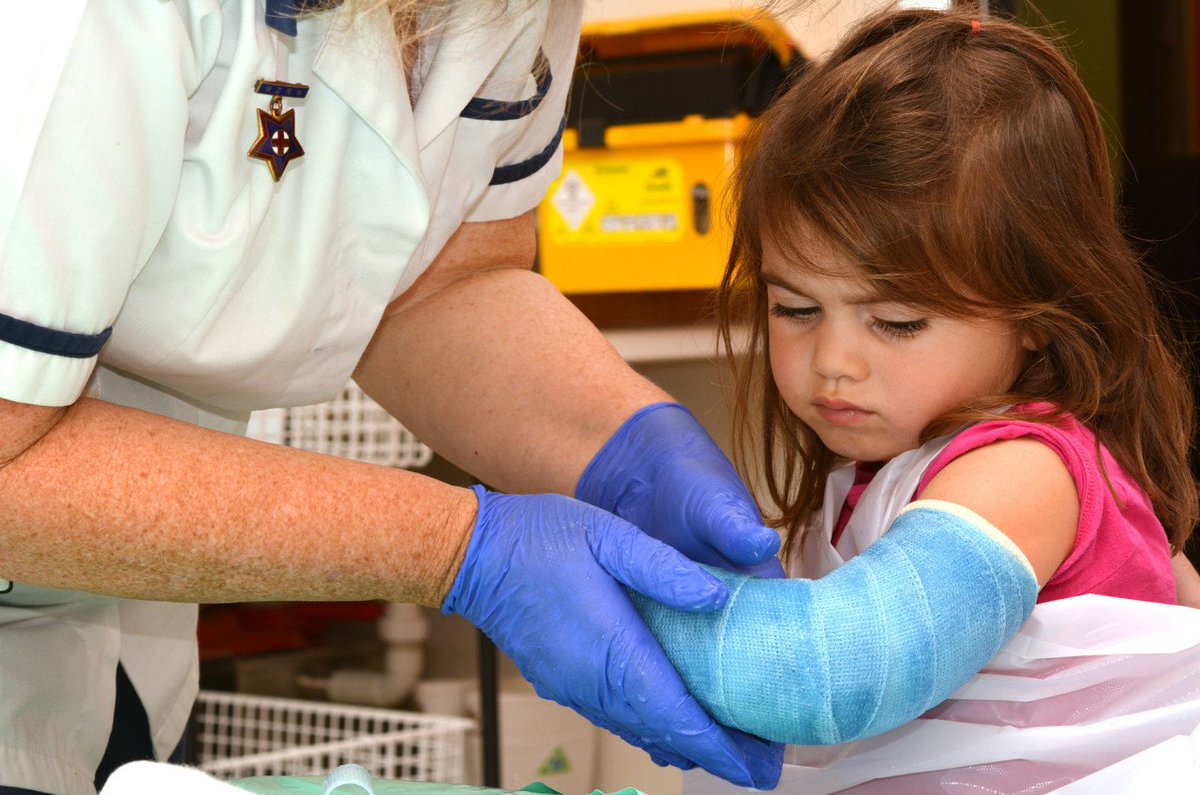
Bruising of the little toe on the leg can cause acute pain, swelling and bruising. Complicating the situation can be a violation of the integrity of the skin or swelling of the leg. If you do not take action, then tissue necrosis and even infection may develop. In addition, a bruise can lead to disruption of normal circulation in the leg, causing difficulty in mobility and poor blood supply to the body as a whole.
At the first symptoms of a bruised little toe, you should consult a doctor. Depending on the severity of the injury, treatment may include methods such as applying cold to the injured area, fixing the injured finger, and prescribing anti-inflammatory and pain medications. Sometimes a rehabilitation course may be required to restore mobility.
In any case, do not forget that a bruised little toe on the leg can cause serious harm to health, if not paid attention to. Therefore, the main thing is not to postpone going to the doctor and follow his recommendations. And then you can quickly return to your normal life and prevent re-injury.
And then you can quickly return to your normal life and prevent re-injury.
Bruised little toe: dangers and treatments
What is a bruised little toe?
A bruised little toe is one of the most common injuries that can occur in everyday life. A bruise occurs when the soft tissues around the bones in the leg are damaged by a blow or severe injury. The little toe is the toe that sits below the fourth toe.
A contusion of the little toe can result from a fall on the foot, a blow to an object, or improper footwear that can restrict the movement of the toes. A person who has received a bruised little finger may experience pain that may limit their movement.
- Symptoms of a bruised little finger:
- Pain
- Swelling
- Redness
- Difficulty in movement
little toe
A bruised little toe may appear to be a minor injury. However, the consequences that may result from this type of injury should not be neglected.
Also, in case of bruising of the little finger, acute pain and swelling may occur, which can cause severe discomfort for the person. In some cases, the pain and swelling gradually increase and can cause a blood supply interruption, which can make it difficult to stop the blood flow.
A bruised little toe should not be neglected, even if it does not cause much discomfort or is accompanied by severe symptoms. It is always necessary to check the condition of the injured area and take measures for timely treatment.
- It is important to know that improper treatment can lead to complications and more serious consequences.
- In case of severe pain and swelling, it is recommended to seek immediate medical attention.
How to protect the little finger from injury?
The little toe is one of the most vulnerable places for bruises. To avoid pain and damage, you need to follow a few rules:
- Choose the right shoes.
 Wear comfortable shoes with enough room for your toes. It should be no smaller and no larger than your foot. Choose models with flexible soles so that it absorbs movements well.
Wear comfortable shoes with enough room for your toes. It should be no smaller and no larger than your foot. Choose models with flexible soles so that it absorbs movements well. - Be careful when walking. Avoid slabs, uneven surfaces and other obstacles that could hurt your toes. If you notice that there are rocks or other small objects on the ground, carefully step around them.
- Do leg exercises. Strong muscles provide better protection against bruises and damage. Include in your workout exercises aimed at strengthening the muscles of the foot and lower leg.
Diagnosis of a contusion of the little toe
When you get an injury to your little toe on your foot, it is important to make a correct diagnosis in order to exclude the possibility of serious damage. The main signs of a bruised little finger are pain, swelling, and hemorrhage. If the patient is unable to step on the foot, this may indicate a fracture.:max_bytes(150000):strip_icc()/illo-treating-smashed-finger-5967c6315f9b582c35643c66.png)
If you have an injury to your little toe, you should immediately consult a doctor for diagnosis and treatment. Do not self-medicate, as this can lead to aggravation of the injury and the occurrence of dangerous complications.
Small toe bruise treatment at home
Little toe bruise is a fairly common injury that can occur in everyday life. However, even with the slightest damage, proper and timely treatment is required to avoid complications.
At home, the treatment of a bruised little finger on the leg is to apply an ice compress to the injured area. This will help reduce swelling and relieve pain.
In the absence of skin lesions, an ointment or gel with an analgesic and anti-inflammatory effect can also be applied. However, before use, you should consult your doctor.
An important point in the treatment of a bruised little toe on the leg is to keep calm and wear comfortable shoes with soft soles. This will help avoid additional pressure on the affected area.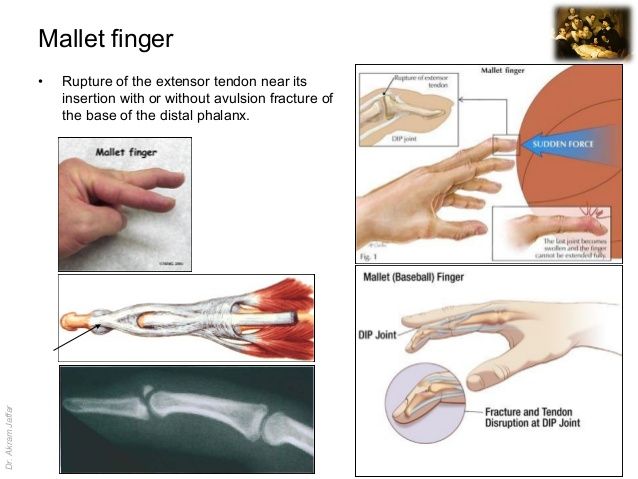
If there is no improvement or deterioration within a few days, a doctor should be consulted.
- Applying an ice pack to the injury
- Using an ointment or gel with analgesic and anti-inflammatory effects
- Keeping rest and wearing comfortable shoes
- Seeing a doctor if there is no improvement
Basic drugs for bruising little finger
In case of bruising of the little toe on the leg non-steroidal anti-inflammatory drugs such as ibuprofen or diclofenac are often used. They help reduce pain and inflammation at the site of the injury.
Antiseptics such as Chlorhexidine or Boric Acid are recommended to prevent infections. They will help clean the wound and prevent possible complications.
If the bruise is accompanied by severe pain and swelling, the doctor may prescribe a course of physical therapy, which includes magnetotherapy, laser therapy, or ultrasound therapy.
- Ibuprofen – a drug that helps reduce pain and inflammation
- Diclofenac – used for bruises that cause moderate to severe pain and inflammation
- Heparin ointment – helps to reduce swelling and improve blood circulation
- Chlorhexidine – used to treat wounds and prevent infections
Physical iotherapy for the treatment of bruised little toe
In case of bruising of the little finger on the leg, it is important not only to ensure the rest of the injured limb, but also to carry out complex treatment.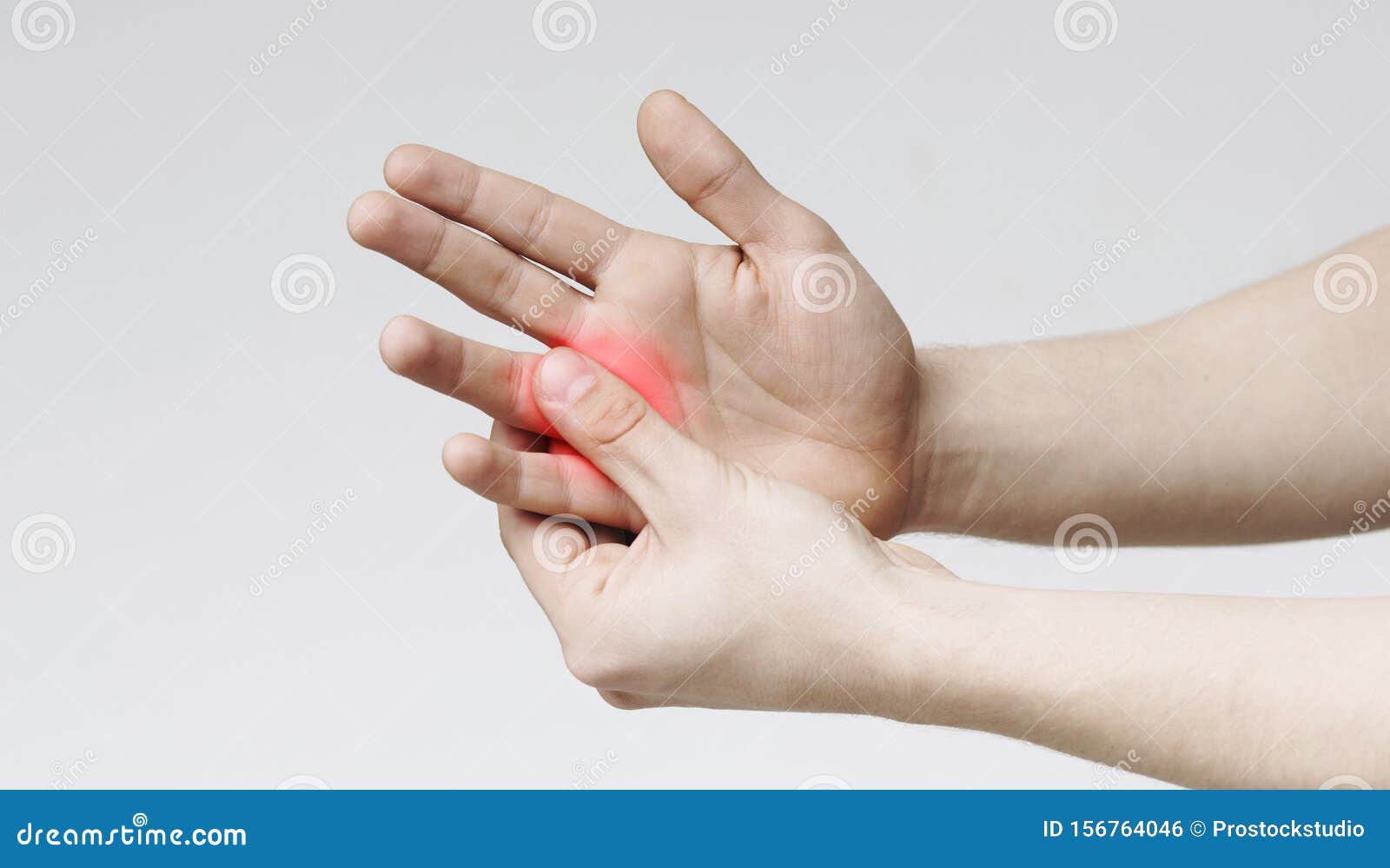 One of the most effective methods of recovery after an injury is physiotherapy, which helps to speed up the regeneration processes and normalize blood circulation in the affected tissue area.
One of the most effective methods of recovery after an injury is physiotherapy, which helps to speed up the regeneration processes and normalize blood circulation in the affected tissue area.
Another effective method is ultrasound therapy aimed at relieving inflammation, accelerating tissue regeneration processes and also aimed at reducing pain. For the session, an ultrasonic device with various nozzles or a universal nozzle is used.
An important component of physiotherapy is massage, which is aimed at relieving muscle tension and swelling, softening and improving the elasticity of the connective tissue. The massage technique will depend on the nature and extent of the injury, as well as the general condition of the patient.
Also an important role can be played by electrophoresis, in which the medicinal substance is fed through the skin using an electric current. This technique allows you to deliver drugs to the damaged area directly, without passing them through the gastrointestinal tract.
- Physiotherapy is a fairly effective method of treating a bruised little toe on the leg, which allows you to speed up the process of tissue regeneration, relieve pain and reduce swelling;
- Dry heat, massage, ultrasound therapy, and electrophoresis are the most common physical therapy methods for treating a bruised little toe;
- To choose the most optimal method of physiotherapy, it is worth contacting a specialist. It will help determine which methods will help in your particular case and how to apply them correctly.
Features of the treatment of little finger injury in children
Little finger injury in children is a fairly common injury that can occur during play or seizures.
Treatment should be immediate as the child’s foot is still in the growth stage and deformity of the toe may occur.
Observation and rest
After a bruised little finger, it is necessary to observe the condition of the child and give him the opportunity to rest his leg.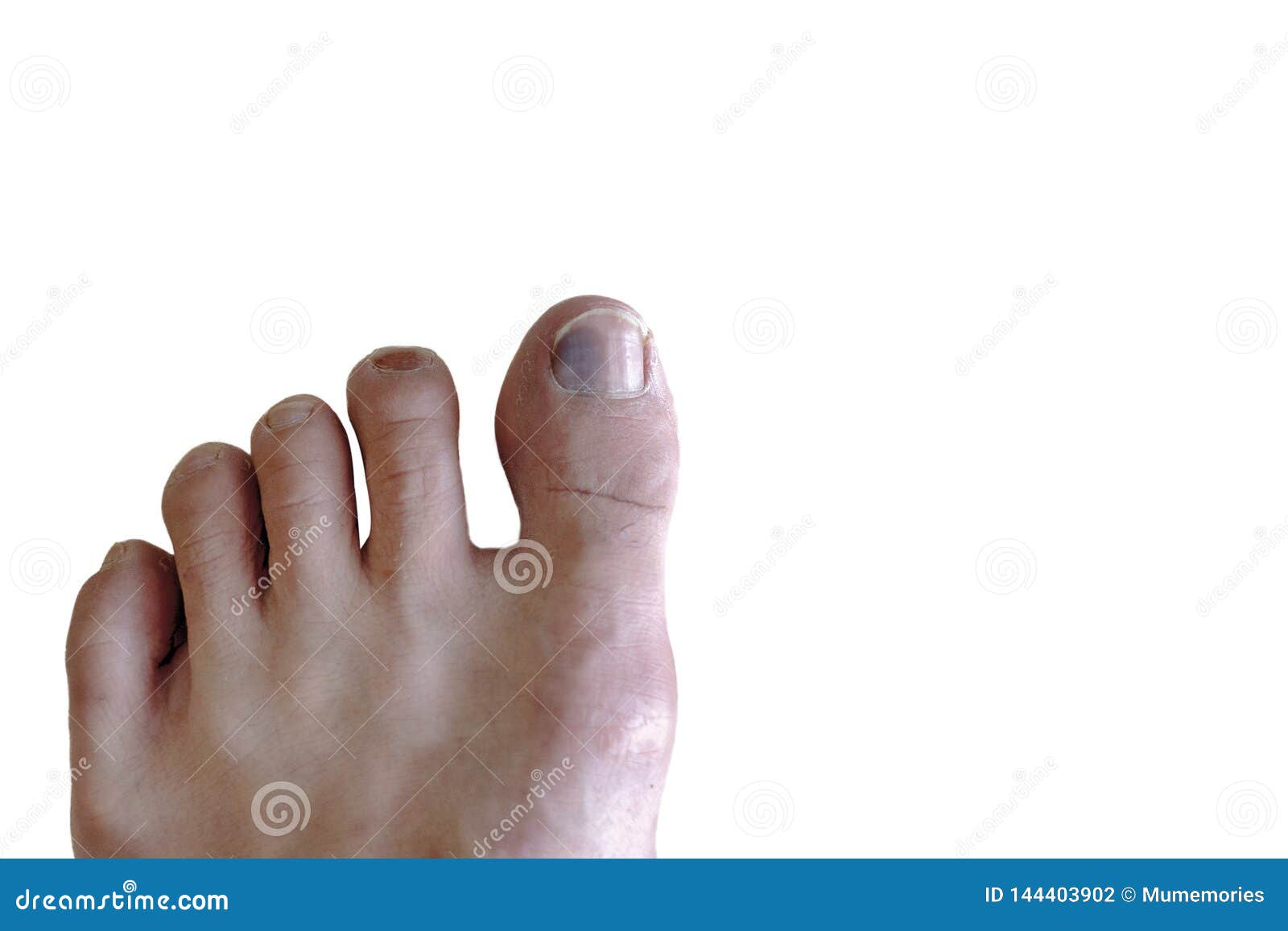
Leg Cooling and Elevation
To reduce pain and reduce swelling, apply ice or a cold compress to the injury site and elevate the leg above heart level.
Medications
Using pain relievers or anti-inflammatories can help relieve pain and swelling.
Finger fixation
If the little finger is very swollen, it may be necessary to fix the finger with a bandage or a special hook, which will keep the finger in the correct shape and help it heal properly.
Consequences and complications of incorrectly treated bruised little fingers
Incorrectly treated bruised little fingers can lead to serious consequences. First of all, this can lead to the development of an inflammatory process, which can turn into an acute form.
If a bruise does not heal within a week, it can lead to leg deformities, loss of sensation, or even complete loss of leg function. In addition, if treatment is not started on time, an infection can occur that can lead to pustules and sepsis.
If the bruise occurs in the presence of a disease such as diabetes mellitus or impaired blood circulation, the injury can lead to even more serious complications, such as the development of ulcers, gangrene and amputation.
- Inflammatory process
- Deformities of the leg
- Loss of sensation and function of the leg
- Infections
- Pustules and sepsis
- Development of ulcers, gangrene and amputation in the presence of diseases 9001 0
When should you see a doctor if you have a bruised little toe?
Bruising of the little toe is a relatively common injury in people of all ages. In most cases, this is not a serious disease and goes away on its own without the intervention of specialists. However, there are cases when you should definitely consult a doctor.
- If the pain and swelling of the leg does not go away for a long time, this may be a sign of a serious injury and professional treatment will be required.

- If the bleeding does not stop for a long time, you should immediately consult a doctor, as this can lead to unpleasant and dangerous complications.
- If there is a feeling of numbness in the leg, tingling or lack of sensation, you should see a doctor as soon as possible.
If a bruised little toe is associated with complications, a professional expert will be able to determine the extent of the injury and prescribe the correct course of treatment. If you are not sure about the severity of the injury, then it is better to consult a doctor once again to avoid unpleasant consequences in the future.
Prevention of bruised little toes
Bruised little toe is a fairly common injury that can be easily caused by walking, sports or household chores. However, there are ways to prevent such injuries.
- Choosing the right shoes. Shoes must be worn that fit properly and provide sufficient support for the foot.
 Lack of support can lead to discomfort and overload of the little finger, which increases the risk of bruising.
Lack of support can lead to discomfort and overload of the little finger, which increases the risk of bruising. - Strengthening of the leg muscles. Regular exercise and stretching of the leg muscles prevents overload, which reduces the risk of injury.
- Little finger protection. When playing sports, especially contact sports, pinkie protection must be worn. It can be a special bandage or a sports bandage.
- Avoid unnecessary risks. When you perform any manipulation or work at height, you must take precautions to avoid falling and bruising the little finger or other parts of the body.
By following these simple guidelines, you will significantly reduce the risk of bruising your little toe. However, if you do get injured, see a doctor immediately for professional help.
Related videos:
youtube.com/embed/zapIrUXPKLg” frameborder=”0″ allowfullscreen=”allowfullscreen”>
Q&A:
What is the most effective treatment for a bruised little toe?
The effectiveness of the treatment of a bruised little toe on the leg depends on the degree of tissue damage and the individual characteristics of the patient. For some people, there is no need to wear a cast, indicating less severe damage to the bones and ligaments. However, in cases of severe bruising, it may be necessary to use a cast and regularly take painkillers. Therefore, it is better to consult an orthopedic doctor who will select the appropriate treatment method for a particular case.
How to determine how serious the bruise of the little toe is?
You can determine the severity of a bruised little toe on the leg by the presence of symptoms: swelling, severe pain, bruising. If the bruise of the little finger is accompanied by soreness when pressed, severe swelling or bruising, then this may indicate the successful development of damage.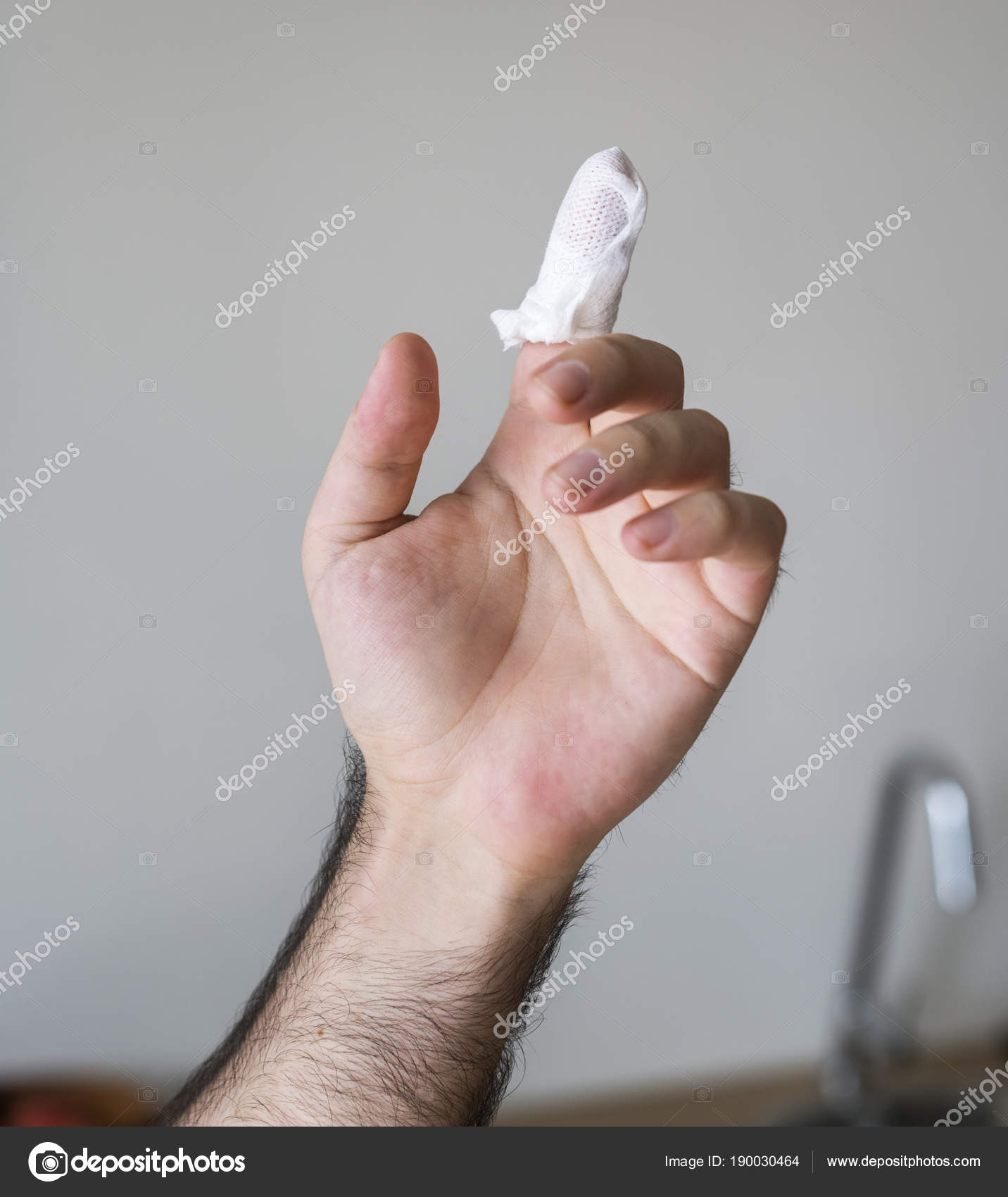 In this case, it is better to consult an orthopedic doctor to establish an accurate diagnosis and prescribe an effective treatment.
In this case, it is better to consult an orthopedic doctor to establish an accurate diagnosis and prescribe an effective treatment.
How to relieve pain from a bruised little toe?
To reduce the pain of a bruised little toe on the leg, apply cold to the injured area, as well as use painkillers. For a cold wrap, you can use ice wrapped in a terry towel, or a special pharmacy cold bandage. Pain medications may be prescribed by your doctor and should be used as directed or recommended by your doctor. You should also avoid stress on the injured limb.
How is the process of tightening the bruised little toe on the leg?
The process of tightening the bruise of the little finger on the leg occurs due to an independent regenerative process of the body. In the first days after injury, a hematoma forms at the site of injury – an accumulation of blood, which then turns into a blood clot. Gradually, the cells responsible for tissue repair (fibroblasts) begin to release collagen, which promotes the healing of damaged tissues. This process can take days or even weeks, depending on the severity of the injury.
This process can take days or even weeks, depending on the severity of the injury.
How can a bruised little toe be prevented?
A small toe injury can be prevented by following a few simple guidelines: wear comfortable shoes with non-slip soles, play sports only with appropriate equipment, avoid unnecessary physical exertion, especially on the feet, etc. It is also important not to ignore the warnings of your body – if you feel tired and sore in your legs, it is better to rest and remove the load on your legs.
Is it possible to self-treat a bruised little toe?
In most cases, a bruised little toe can be treated at home, but it is essential to consult a doctor to check for symptoms of a bruise and to determine the severity of the injury. The doctor can prescribe treatment methods, as well as give recommendations for the use of painkillers and cold bandages. At home, you can use dietary therapies (for example, increasing vitamin C levels), as well as massage and light exercises to improve blood circulation.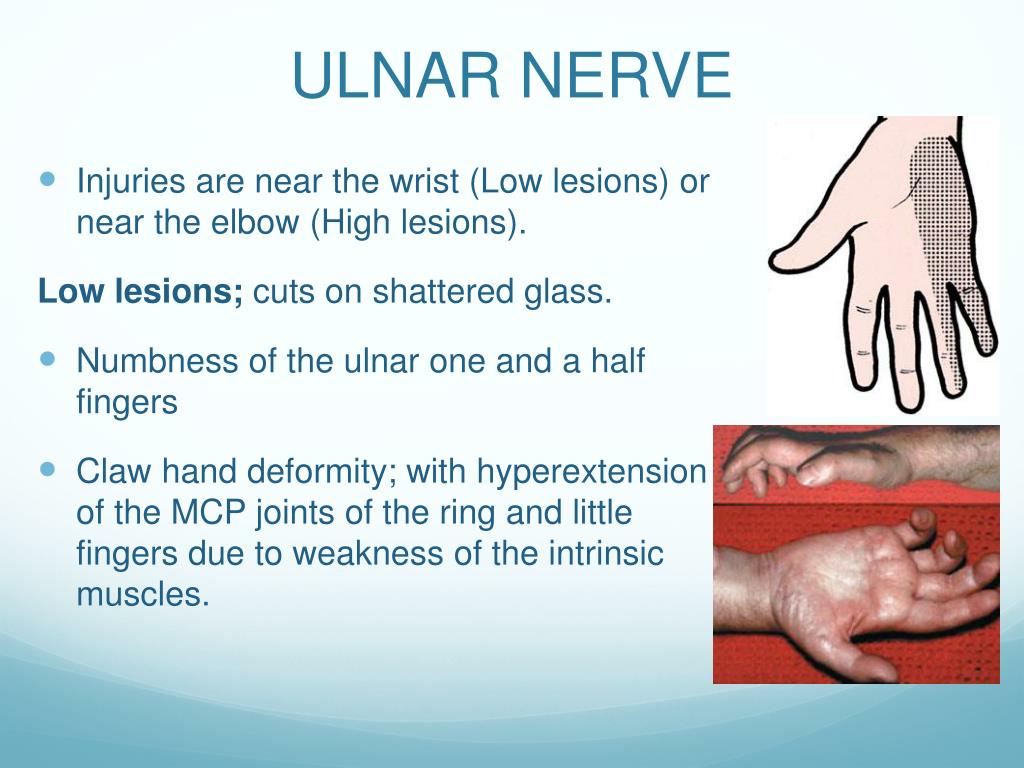
Treatment of Taylor’s deformity – prices for surgery to eliminate the deformity of the little finger on the leg in the clinic of St. Petersburg
Prices Doctors Our centers
Causes and signs of deformity Diagnostic methods Methods of treatment pinky on the leg. Pathology occurs due to transverse flat feet. It is a formation (“bone”) on the outer surface of the foot in the base of the little toe. Often accompanied by valgus (outside) deformity of the big toe.
Pathology is not only a cosmetic defect, but often brings a lot of inconvenience when wearing shoes.
Taylor’s deformity can be treated conservatively or surgically. The latter is resorted to in the absence of a positive effect during therapy, as well as in the advanced stage of pathology.
Causes and symptoms
To date, the main cause of the development of Taylor’s deformity is heredity. In addition to predisposition, the cause of deformity can be:
- wearing tight, uncomfortable shoes;
- heavy load on the legs;
- foot injury.

The main signs of Taylor’s deformity are a noticeable expansion of the transverse arch of the feet, the appearance of a thickening in the base of the little finger, the formation of calluses on the sole and side of the fingers.
Pathology is also indicated by redness in the joint area, swelling, pain when walking, increased fatigue of the legs.
Symptoms are aggravated by wearing tight shoes and if the patient is overweight.
Diagnostics
At a late stage in the development of pathology, it is diagnosed by visual examination. However, more research is needed to identify the root cause of Taylor’s deformity. The main method of diagnosis is x-ray. A snapshot of the foot will allow you to determine the presence of deformity, the angle of deviation, assess the condition of the joint, confirm or exclude the consequences of arthrosis or injury.
Promotion! Free consultation with a surgeon about surgery
Take advantage of this unique opportunity to receive a free consultation for elective surgery.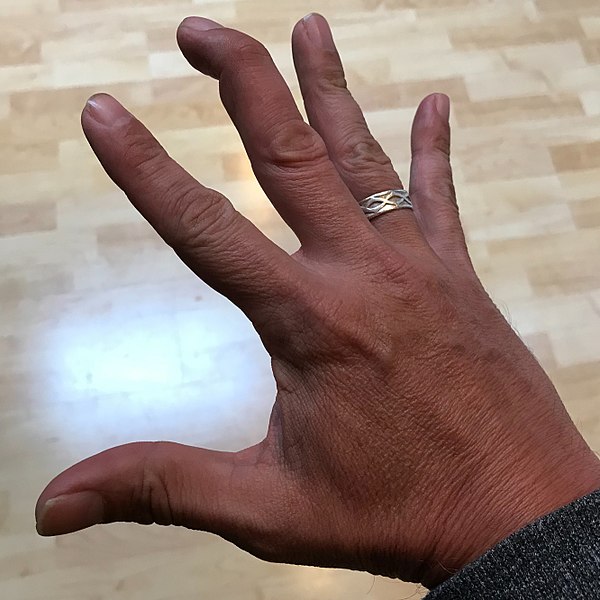
Treatment
After forming a complete picture of the disease, the doctor will draw up a treatment program. First, conservative methods are applied (wearing special shoes, reducing the load on the legs, using medications, etc.).
In the absence of a positive result, surgical treatment is indicated. The operation consists in dissection of the bone of the affected foot and the periosteal part, followed by incision. With severe deformity, special spoke-rod devices can be used for external fixation of the foot.
Subsequent recovery should take place under the constant supervision of the attending physician.
Surgical interventions used to eliminate Taylor’s deformity at the SM-Clinic Surgery Center are absolutely safe and do not cause damage to surrounding tissues. If all the recommendations of the doctor are followed, healing takes place quickly and without complications. After the recovery period, the patient will be able to return to normal life.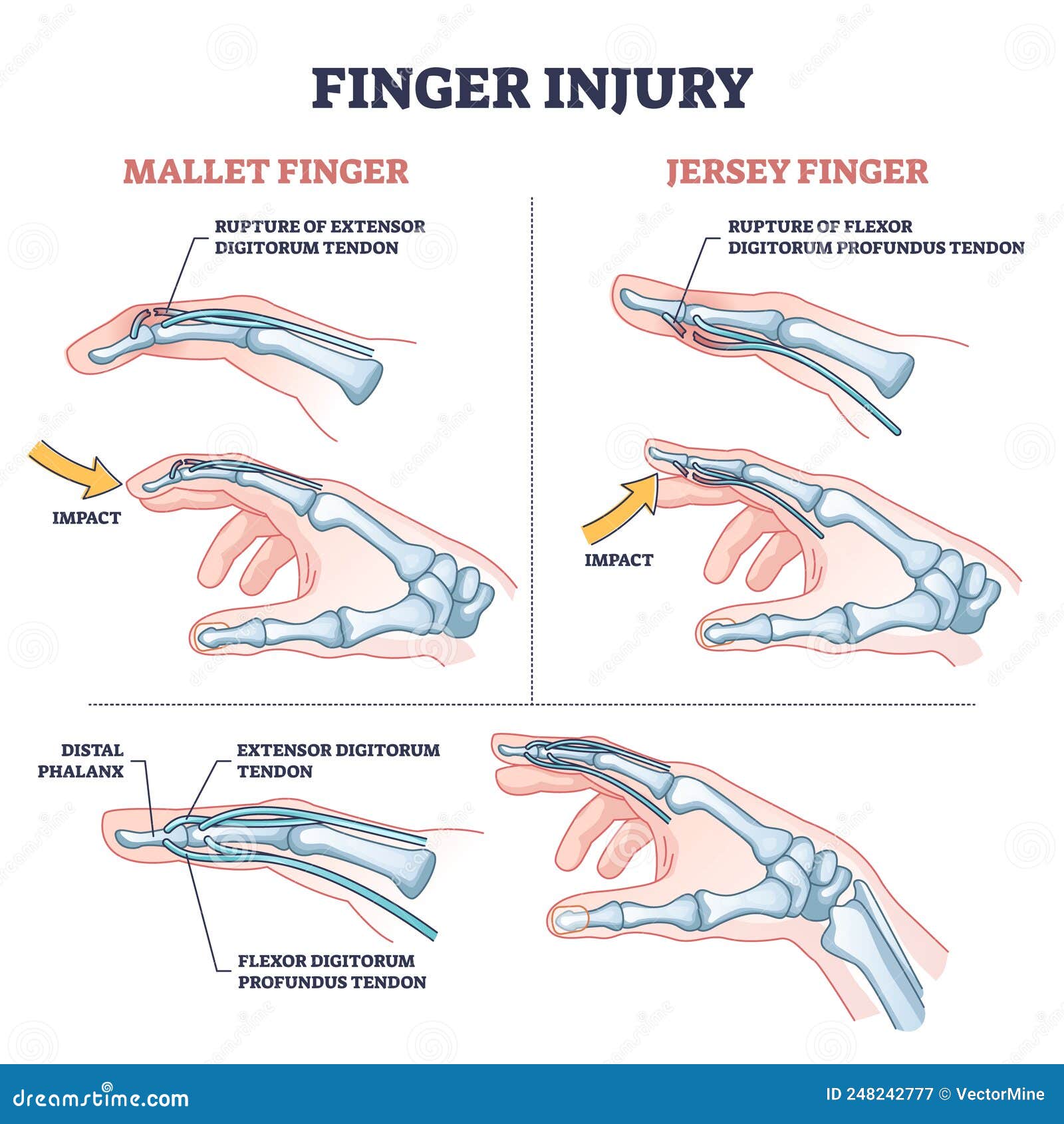
Foot deformities are not only a cosmetic defect, but also greatly reduce the patient’s quality of life. Surgery allows you to get rid of Taylor’s deformity in a short time without any complications. To learn more about the procedure, make an appointment at the SM-Clinic medical center.
Surgeon’s consultation on surgery (ACTION)* | 0 | – |
Online opinion of the doctor on the operation (ACTION) | 0 | – |
Foot surgery II cat. difficulties | from 20000 | – |
* You can find out more about the conditions here – Treatment on credit or installments
Preliminary cost. The exact cost of the operation can only be determined by the surgeon during a free consultation.
Specialists in this field 27 doctors
Leading doctors 8 doctors
Giniyatov Anvar Rinatovich
Sports doctor, orthopedic traumatologist. Traumatologist of the volleyball club “Zenith”
Work experience: 8 years
Dunaisky, 47
Dunayskaya metro station
Make an appointment
Kozlov Igor Andreevich
Orthopedic traumatologist
Work experience: 5 years
Marshal Zakharov, 20
9 0002 m. Leninskiy pr-t
Leninskiy pr-t
Vyborgskoye shosse, 17
m
Make an appointment
Dergulev Igor Olegovich
Traumatologist-orthopedist
Work experience: 11 years
Dunaisky, 47
Dunayskaya metro station
Make an appointment
Andrey Skulkin
Traumatologist-orthopedist
Work experience: 31 years
Vyborgskoe shosse, 17
m. Belousov Evgeniy Ivanovich
Traumatologist-orthopedist
Work experience: 33 year
Udarnikov, 19
Ladozhskaya metro station
Make an appointment
Urbanovich Sergey Ivanovich
Traumatologist, burn surgeon
Work experience: 12 years
Vyborgskoe shosse, 17
Prosveshcheniya metro station
Make an appointment
Alexey Danilkin
Traumatologist, pediatric surgeon
Work experience: 15 years 9000 3
Udarnikov, 19
Ladozhskaya metro station
Make an appointment
Garifulin Marat Sagitovich
Traumatologist-orthopedist
Work experience: 19 years
Dunaysky, 47
Dunayskaya metro station
Make an appointment 900 03
Show more
+19 doctors
Other doctors 19 doctors
Angelcheva Tatyana Avramovna
Traumatologist-orthopedist
Work experience: 8 years
Dybenko, 13k4
m. 406
406
Antonov Ilya Alexandrovich
Traumatologist-orthopedist
Work experience: 9 years
Marshala Zakharova, 20
Leninsky Prospect metro station
Make an appointment
Borisova Olga Mikhailovna
Pediatric surgeon
Work experience: 16 years
Dunaysky, 47
Dunayskaya metro station
Make an appointment
Gvozdev Maxim Alexandrovich
Traumatologist-orthopedist
Work experience: 11 years
Vyborg highway, 17
Prospekt Prosveshcheniya metro station
Make an appointment
Grebenyuk Mikhail Viktorovich
Orthopedist-traumatologist
Work experience: 18 years
Vyborgskoe highway, 17
Prospekt Prosveshcheniya metro station
Make an appointment
Drakh Elvis Kvaku
Traumatologist-orthopedist
Work experience: 7 years
Vyborgskoe shosse, 17
Prospekt Prosveshcheniya metro station
Make an appointment
Ezhovsky Vyacheslav Yurievich
Traumatologist-orthopedist. Doctor of the highest category.
Doctor of the highest category.
Work experience: 23 years
Malaya Balkanskaya, 23
Kupchino metro station
Make an appointment
Islamov Magomedgadzhi Magomedhabibovich
Traumatologist-orthopedist
Work experience: 7 years
Karapetyan Sergey Vazgenovich
Orthopedist-traumatologist, podologist
Work experience: 15 years
Dunaisky, 47
Dunaiskaya metro station
Malaya Balkanskaya 23
Kupchino metro station
Make an appointment
Kikaev Adlan Olkhozurovich
Traumatologist-orthopedist
Work experience: 9 years
Kovalenko-Klychkova Nadezhda Alexandrovna
Traumatologist-orthopedist. Operating pediatric orthopedist. Doctor of the first category. Candidate of Medical Sciences.
Work experience: 13 years
Malaya Balkanskaya, 23
Kupchino metro station
Make an appointment
Kolyadin Maxim Alexandrovich
Traumatologist-orthopedist
Work experience: 15 years
Make an appointment
Kustikov Anton Aleksandrovich
Traumatologist, pediatric surgeon
Work experience: 7 years
Marshal Zakharov, 20
Leninsky Prospect metro station
Make an appointment
Mitin Andrey Viktorovich
Traumatologist-orthopedist, pediatric surgeon, pediatric surgeon-urologist
Work experience: 24 years
Mikhailov Alexander Pavlovich
Traumatologist-orthopedist
Work experience: 5 years
Vyborgskoye shosse, 17
Prosveshcheniya metro station
Malaya Balkanskaya, 23
Kupchino metro station
Make an appointment
Panfilov Artyom Igorevich
Traumatologist-orthopedist
Work experience: 10 years
Marshala Zakharova, 20
Leninsky Prospect metro station
Make an appointment
Petrov Artem Viktorovich
Orthopedist-traumatologist
Work experience: 10 years
Dunaisky, 47
Dunayskaya metro station
Make an appointment
Polukhin Alexey Alekseevich
Orthopedic traumatologist
Work experience: 4 years
Malaya Balkanskaya, 23
Kupchino metro station
Make an appointment
Popov Evgeniy Sergeevich
Work experience: 22 years
Vyborgskoe shosse, 17
metro Prospekt Prosveshcheniya
Make an appointment
Hide list
Our offices in St.
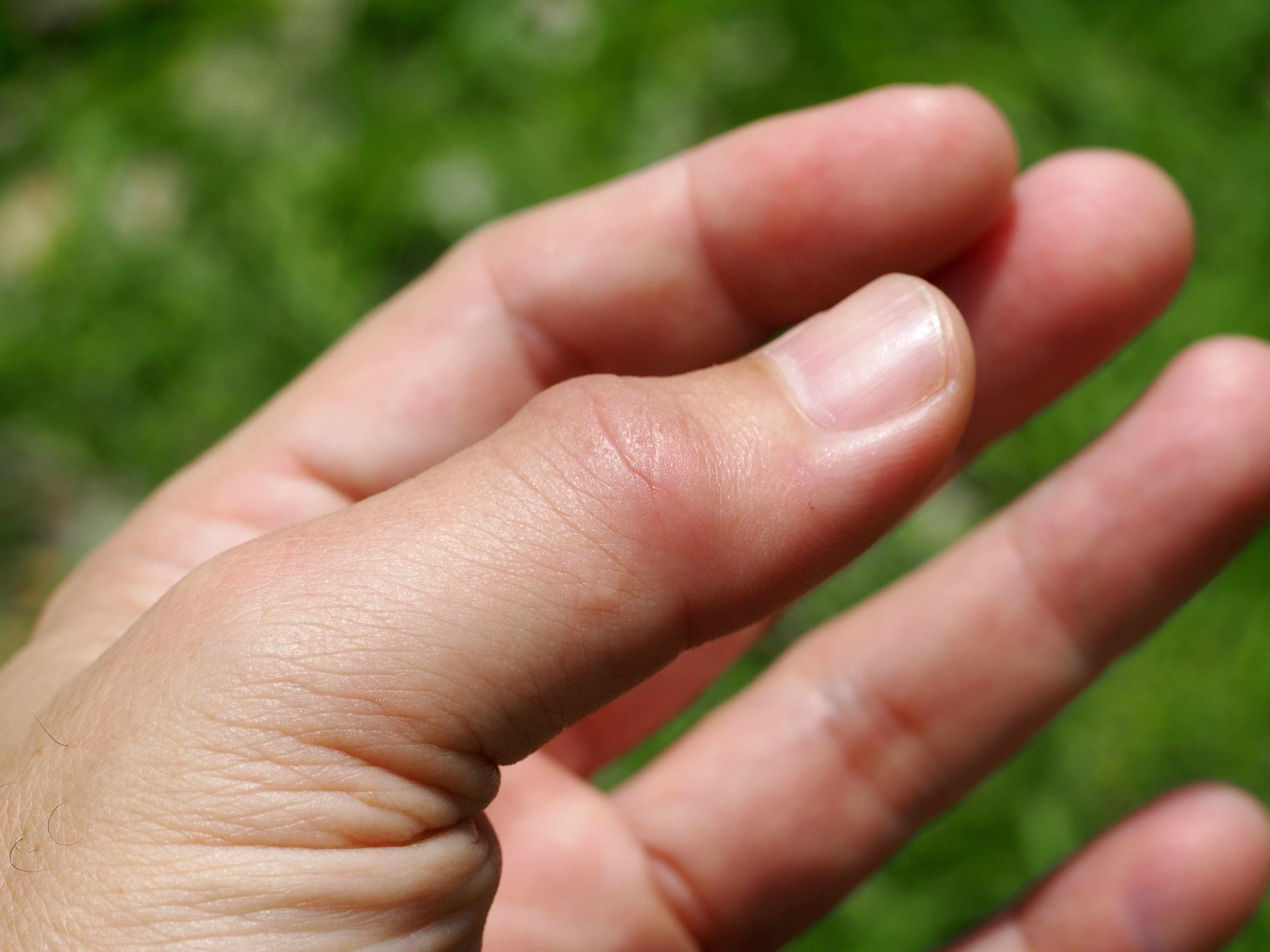

 11 Prevention of little toe bruises
11 Prevention of little toe bruises:max_bytes(150000):strip_icc()/wristpainfinal-01-5c45e56c4cedfd0001871f4e.png) Wear comfortable shoes with enough room for your toes. It should be no smaller and no larger than your foot. Choose models with flexible soles so that it absorbs movements well.
Wear comfortable shoes with enough room for your toes. It should be no smaller and no larger than your foot. Choose models with flexible soles so that it absorbs movements well.
 Lack of support can lead to discomfort and overload of the little finger, which increases the risk of bruising.
Lack of support can lead to discomfort and overload of the little finger, which increases the risk of bruising.